A report from TopSpeed has us musing about the future of the motorcycle community when it comes to rotary-powered engines – or if there’s even a potential for a resurgence in the cards at all.
It’s a tempting thought to consider. With Rotary engines of yore (such as the units created by Crighton, a man with a history steeped in Norton) boasting a budget-friendly build and loads of power to the pound, whyever would we not want to use more of these engines in the motorcycles of today?
Source: Visordown
There are a few cons, unstable durability figures (via rotary sealing blades) and ‘meh’ emission levels being the two at the top of the list. Still, the fact that this type of engine holds stupendous potential for an easy punch can’t be denied – which is why a startup firm called Astron has put time and energy into the creation of a 33lb rotary engine that is purported to carry a mind-blowing 162hp.
“For comparison, a typical turbocharged V8 diesel engine might have an engine power of 340 hp and a mass of 840 lb, giving it a power-to-weight ratio of 0.40 hp/lb,” states the report.
“[this] design gives 4.84hp/lb!”
We’re also told Astron has tweaked things a bit to ensure an engine that won’t bust any seams.
Typically, rotary engines sport either single or dual rotor styles. With Astron’s new brainchild, we’re looking at four, with a rotary disc valve sitting smack in the middle to help things along.
The front two rotors deal with the intake and compression, and the back two rotors take care of the combustion and exhaust, boosting efficiency while also introducing something entirely new to the rotary engine space: the engine’s ability to fire once every five or ten rotations at cruising speeds.
“On acceleration or when the throttle is depressed when a burst of speed is needed, the computer increases the firing rate giving instant power with no throttle lag,” explains the report.
“Astron claims it has overcome the rotor sealing problem and reiterates the claims that the design is hugely more efficient than a conventional reciprocating internal combustion engine, largely due to a massive reduction in frictional losses.”
Source: RideApart
While this particular engine is being aimed at the automotive and aerospace industries (where the original Wankel rotary engine did extremely well, particularly in unmanned aerospace niches), we can’t help but wonder what this would look like sitting in a new Crighton machine – or maybe a new two-wheeled concept altogether.
What do you think? Comment down below, we love hearing from you.
Be sure to also check out other related articles from our archives, and as always – stay safe on the twisties.

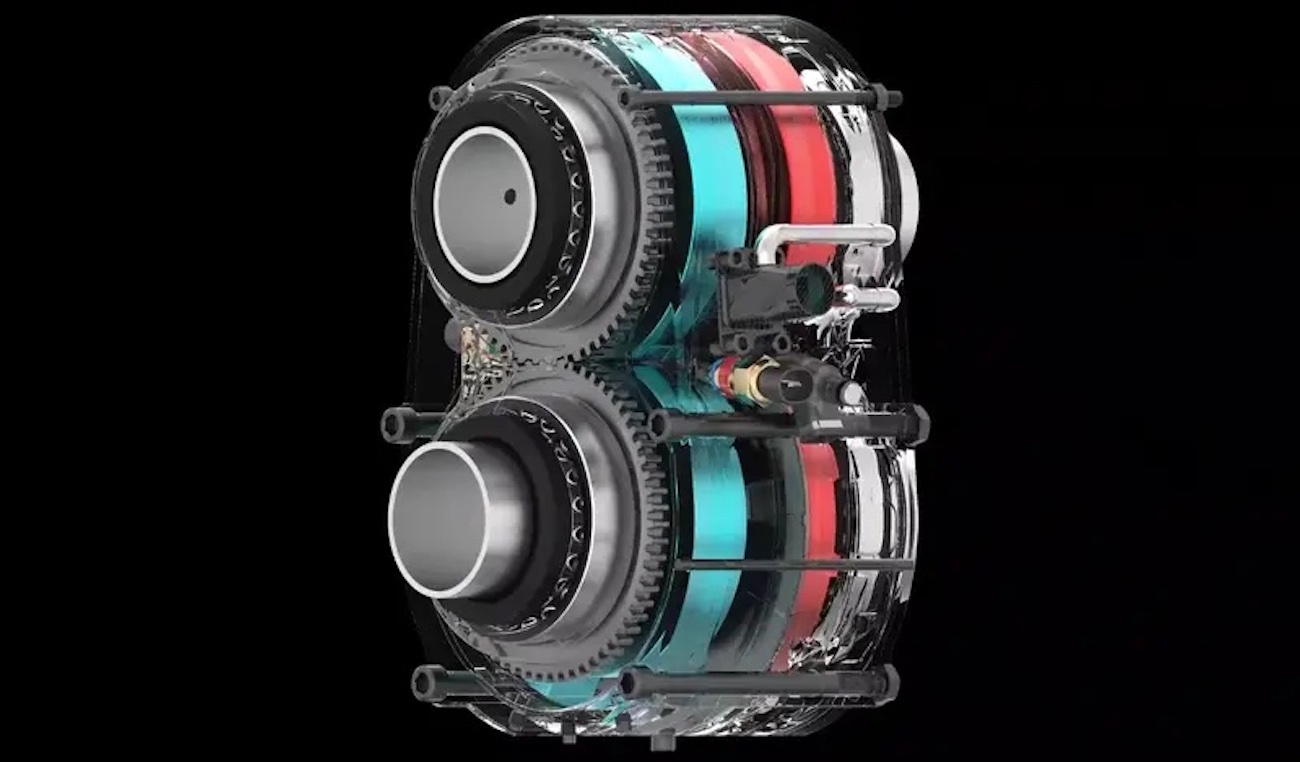
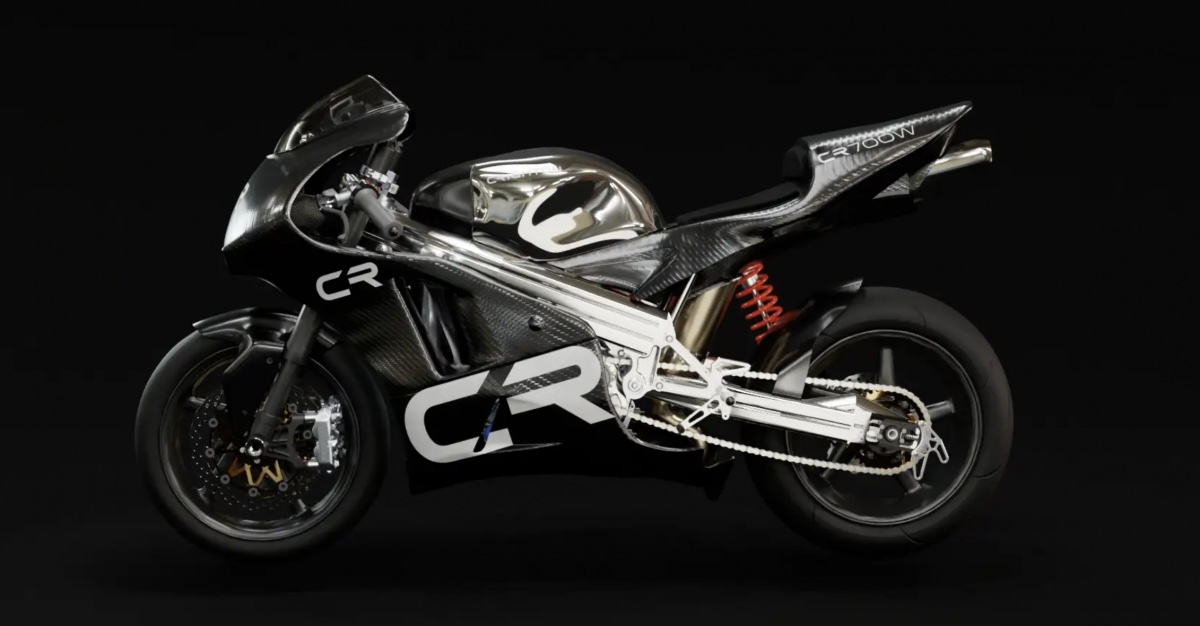

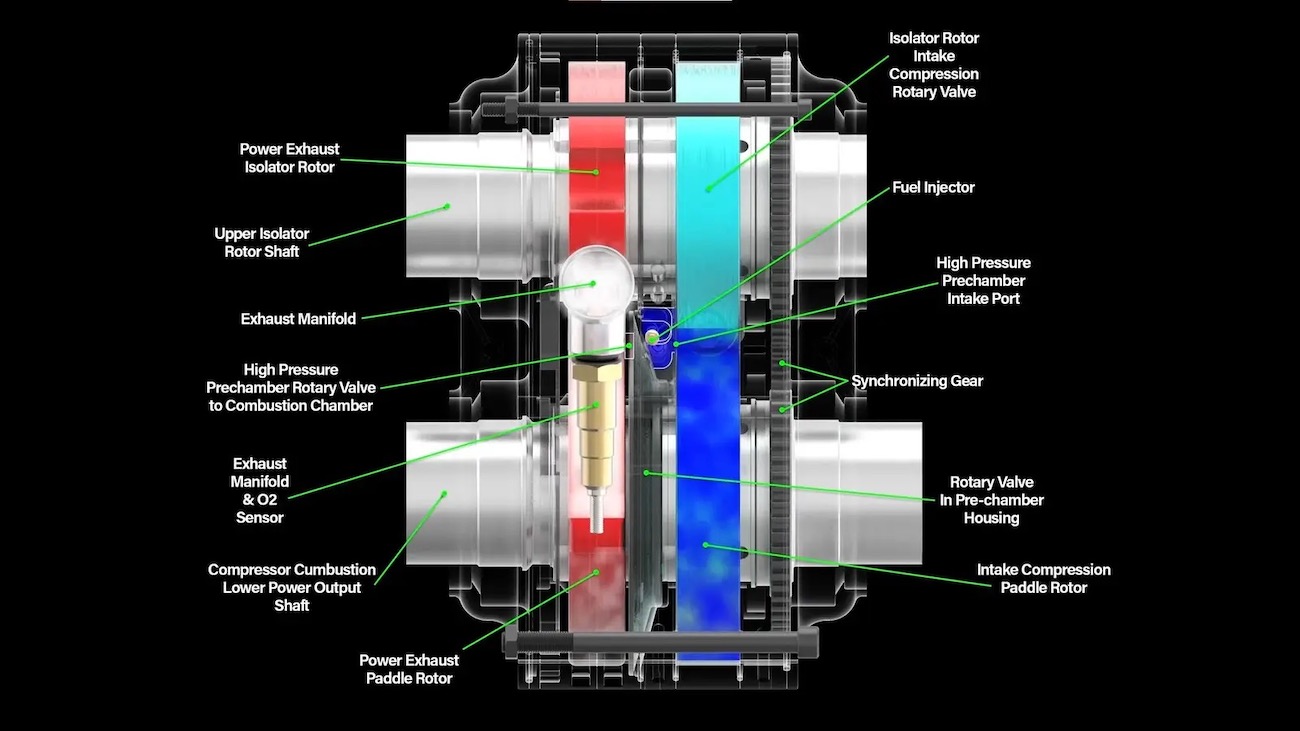
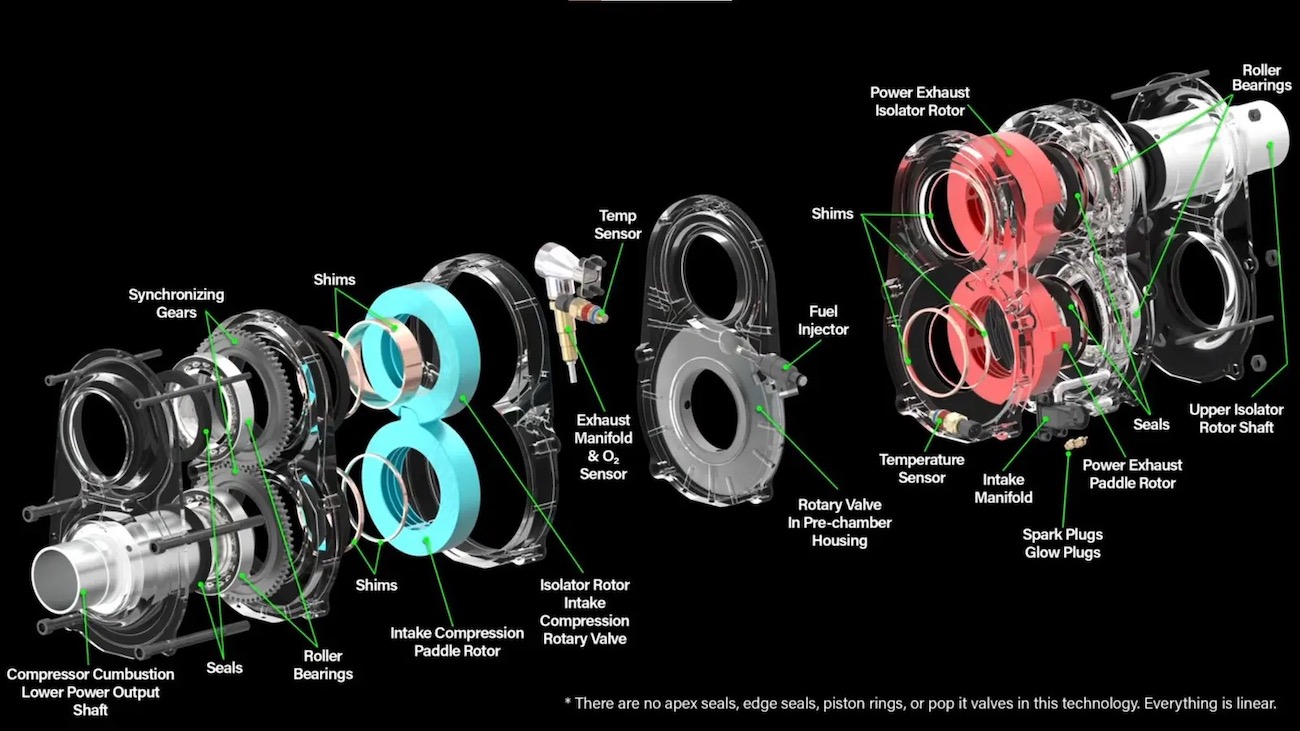
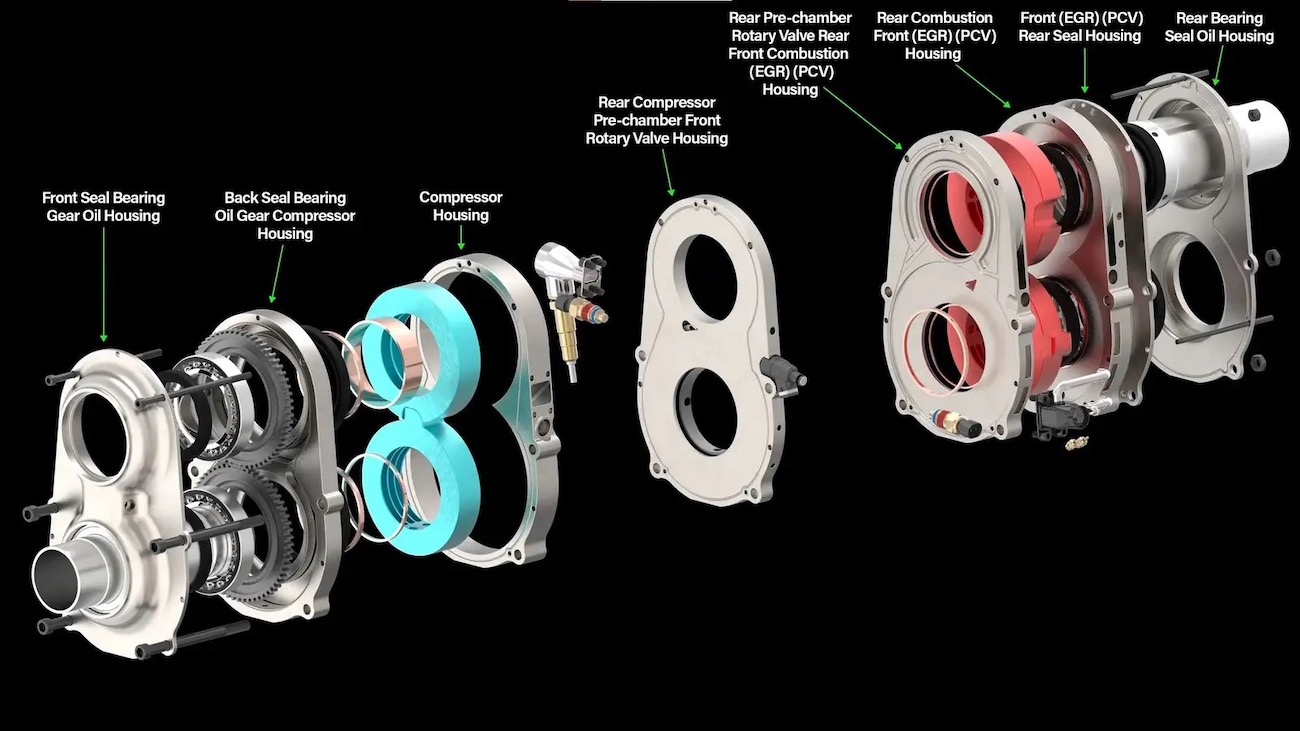

There is one major error in this article in calling this a Wankel Rotary engine. This is a rotary engine but it is not a Wankel Rotary engine. A Wankel Rotary was designed by Felix Wankel and uses an eccentric shaft and triangular shaped rotors. A Wankel engine is completely different from this engine.
Hello Dan,
Thank you for dropping by – the relevant corrections have been made, thanks for the heads up!
Cheers and kind regards,
Amanda